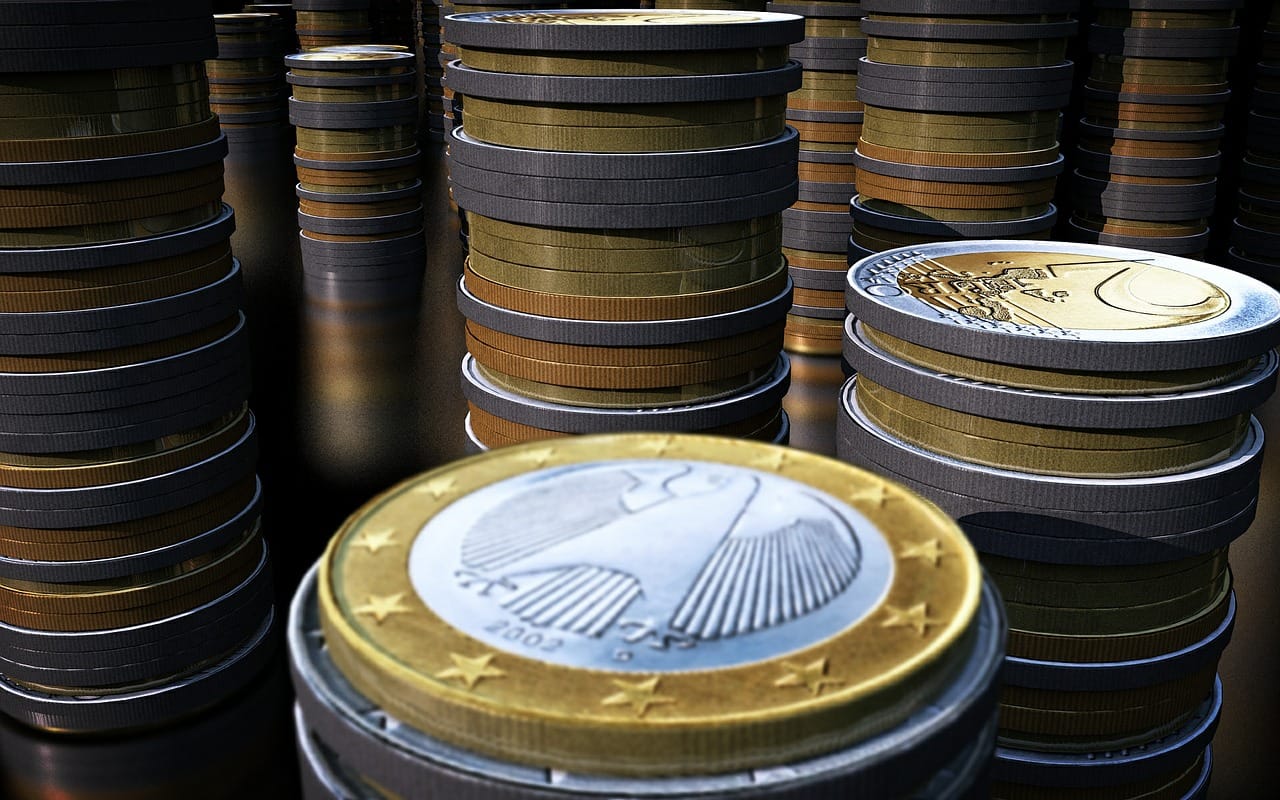
I’m reading some interesting statistics on the use of 3D display on websites that might have an analogous effect on 3D printing.
The key with online commerce is, of course, sales. Tremendous efforts are spent to refine ways to convince the visitor to become a customer. In fact, there’s a whole science called “User Experience” that defines ways to make life easy for site visitors – and as everyone knows, more buying happens when it’s easier to do.
One recent discovery is that the use of 3D product displays online have increased the propensity for sales. In other words, if a visitor can see the item in 3D, perhaps spinning it around to see it from different angles, they are slightly more likely to purchase the item.
This is apparently more effective than placing a product video online, as today’s frantic browsers often won’t wait through a video and would rather just inspect the object, if they could.
The ability to see from different orientations is important, as is the ability to zoom in on the display to see finer detail for confirmation of assumptions.
This is all fine, but what about 3D printing?
My thought is that if people are indeed more engaged by the ability to control their own view of the object and thus are empowered by a 3D display, why wouldn’t they also be interested in holding a physical replica of the item?
This makes sense in that shopping in real life often involves finding an item, picking it up and examining it from different points of view. You do this all the time. But you can’t online.
You can approximate it by using a 3D display of the object.
But would that approximation be better if it was an actual 3D object in your hands? I think it could be.
However, there are tons of challenges to this notion, the most important being that almost no one in the general public has a 3D printer handy to produce such objects.
The second huge challenge is that 3D print technology is so incredibly slow to print objects, that would-be shoppers would be long gone before the print finished.
The third enormous challenge is that to properly represent a product with a replica, you likely need to use a variety of different materials, colors and surface textures in your print. Currently, this technology is not yet available – at any price, let alone a price that general consumers could afford.
If this were attempted today, it might be best suited for large objects where the shape (and not surface quality) is of prime importance. Perhaps you’d like to 3D print out that vehicle you’re considering purchasing to get more familiar with its shape before dropping thousands on it? Or maybe you’d like to see how that furniture arrangement might look before you commit to buying it?
At some point these ideas might be explored by companies, but for now we will have to wait until more powerful 3D printers arrive and become distributed in the homes of the public.

